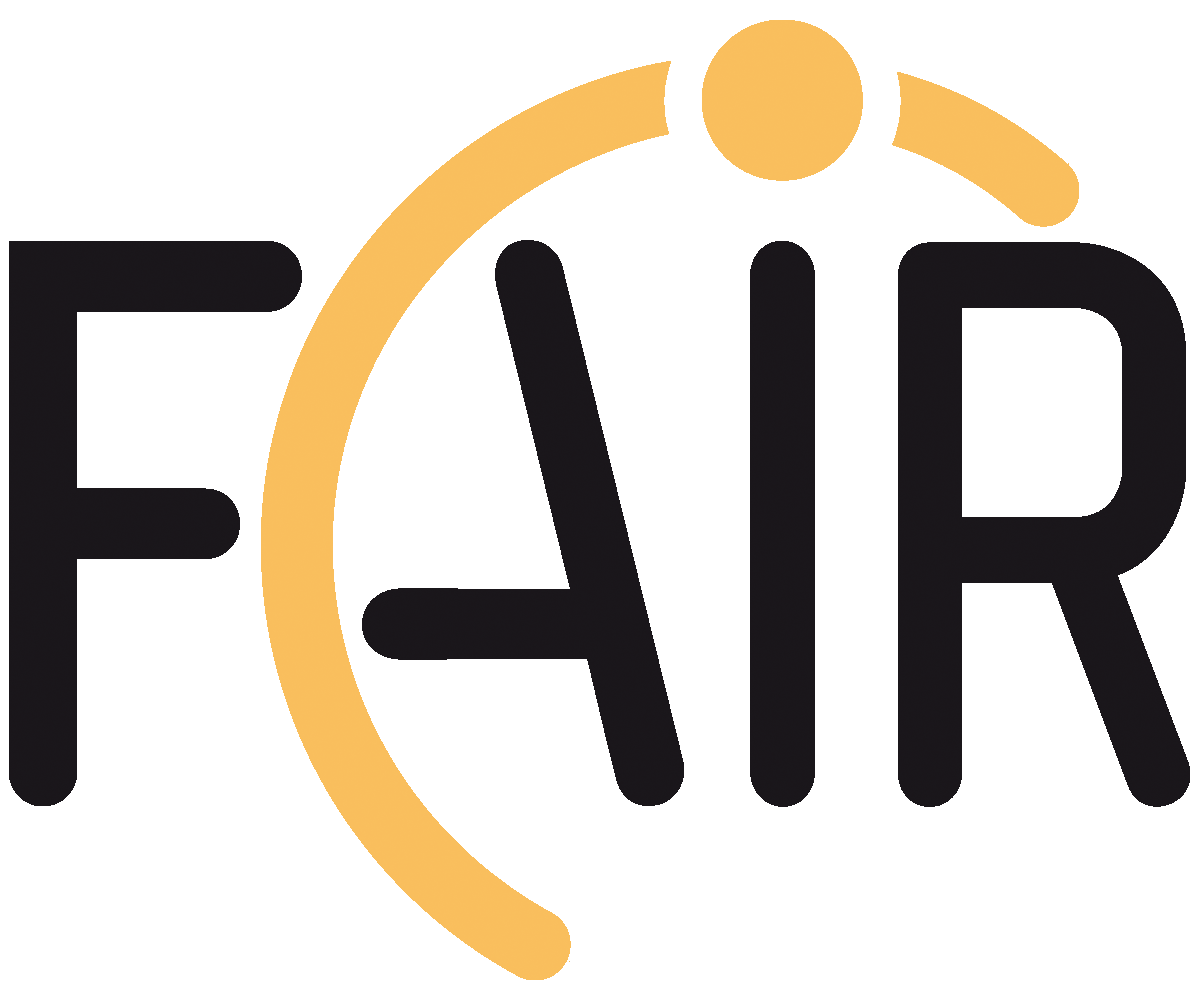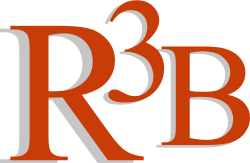| Institute of Atomic Physics | FAIR-RO Programme |
 |
|
||||||||||||||||||||||||||
The 'DeMaND' project is conducted under the supervision of the Institute of Atomic Physics and is financed through the 5th Programme - Research in domains of strategic interest, Subprogramme 5.2 - Participation to international organisms and programs in atomic and subatomic field - FAIR-RO Module
Activity reports
The results obtained in this project have been reported to the Contracting Authority in Annual Summary Document at the end of each stage.
Results obtained in Stage I - November - December 2020
|
These results are detailed in Annual Summary Document for Stage I |
Results obtained in Stage II - January - December 2021
|
These results are detailed in Annual Summary Document for Stage II |
Results obtained in Stage III - January - December 2022
|
These results are detailed in Annual Summary Document for Stage III |
News
- January 29, 2021
Modification to list of personnel ... - December 20, 2020
Annual Summary Document for 2020 ... - December 5, 2020
First stage completed ... - November 11, 2020
Project DeMAND has started ...
Past Events
- June 21 - July 11, 2017
Experiments at Riken, Japan ... - March 7-9, 2017
2nd R3BRoot Development Workshop, GSI-Darmstadt, Germany ... - November 14-18, 2016
Geant4 Tutorial in IFIN-HH, MÄgurele, Romania ... - October 23-28, 2016
The IV International Geant4 School, Belgrade, Serbia ... - September 18-23, 2016
R3B Collaboration Meeting, Gatchina, Russia ...
Collaboration Links






 International Facility for Antiproton and Ion Research
International Facility for Antiproton and Ion Research  The Nuclear Structure, Astrophysics and Reactions collaboration
The Nuclear Structure, Astrophysics and Reactions collaboration  Reactions with Relativistic Radioactive Beams experiment
Reactions with Relativistic Radioactive Beams experiment  NeuLAND - the new Large-Area Neutron Detector
NeuLAND - the new Large-Area Neutron Detector  R3BRoot - Simulations and Data Analysis for R3B Collaboration
R3BRoot - Simulations and Data Analysis for R3B Collaboration 